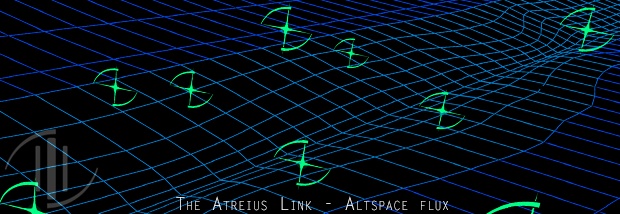Space is big. Really, mind-boggingly so – a glance towards the sky, or the consultation of various textbooks (or, simply, the Hitchhikers Guide to the Galaxy, if that is your forte) will confirm as much. Great Light station, the embarkation point for our heroes, and the friendly port that leads to our solar system lies at around 100 AU distant, and even the light of the sun will need nearly fourteen hours to reach the spot.
This presents a problem on many fronts for a scifi story like Grieving Suns. Faster Than Light drives will get you where you need in a hurry, but there’s a second property of space that is in play, and is owed to the great distances: it’s empty. Very much so.
Which means, fleets have practically complete freedom to go wherever they want – you need to know exactly where they are so you can strike (and they face the same dilemma). The easy route is to simply restrict the fighting to solar systems and the immediate surroundings of different stars. It drastically reduces the scale and viable points of conflict, but still: The Milky Way alone contains, depending on the estimate you choose, between 200 and 400 billion stars – at the higher estimate nearly six stars for every single human.
This kind of plenty means that resources and raw material are not scarce, and as there is no unobtainium to quarrel over, the fight between the Kessari and the Yel seems even more pointless, driving home the fact that the ongoing slaughter is one of ideology and simple survival over other concerns.
To prevent the galactic war from devolving into a series of hit-and-run style battles I gave Altspace a natural flux – some regions of the galaxy offering faster FTL speeds than others. This creates a natural geography for the would-be battlefields, complete with chokepoints and wide open areas that are of little use for anyone, where one can hide away.
Thus, the Atreius Link was born – a perpetual meat grinder where fortunes are quick to change and shift.
In the universe

The Atreius Link is a peculiar piece of astrographic real estate. Located at the coreward edges of the Yel and Kessari territories, the altspace flux in this region of space is particularly low, translating into exceedingly high FTL speeds when using altspace drives. Whereas an average region of the Milky Way allows for FTL speeds of around 5.500c, narrow areas in the link allow between 18.900 and 23.350c – the highest recorded altspace speed there approach 46.000c in a narrow section near the center.
While the entire link proper spans approximately 950 light years, most of the opposite ends are firmly in the hands of either the Kessari or the Yel blocs. The more narrow definition of the Atreius link consists between thirty and fifty stars along a tight, approximately cylindrical area of space 120 light years long and 25 light years in diameter. This hotly contested area allows for the most extreme FTL speeds, and whoever controls it, possesses prime real estate to establish forward bases for deep strikes into enemy territory, as the entirety of the link can be traversed within the space of two to three days.
Two species are located near the entrances to the link: The Nial on the Kessari side, and the Iani on the Yels’. Especially the Nial suffer heavily from repeated Yel raids.
By sheer coincidence, the approximate endpoints of the Atreius link are denoted by two planetary nebulae, each with a neutron star at its heart, causing the gaseous remnants of the originating star to glow brightly in the xray bands of light. Fleet scientists repeatedly tried to connect either of these neutron stars to the Atreius link, but so far have failed to come up with a workable hypothesis because of the difficulty of reconstructing stellar drift over the milennia as well as the sheer number of stars in the galaxy meaning that pure chance will have placed two massive stellar remnants close to the end points of a massively anomalous altspace flux.